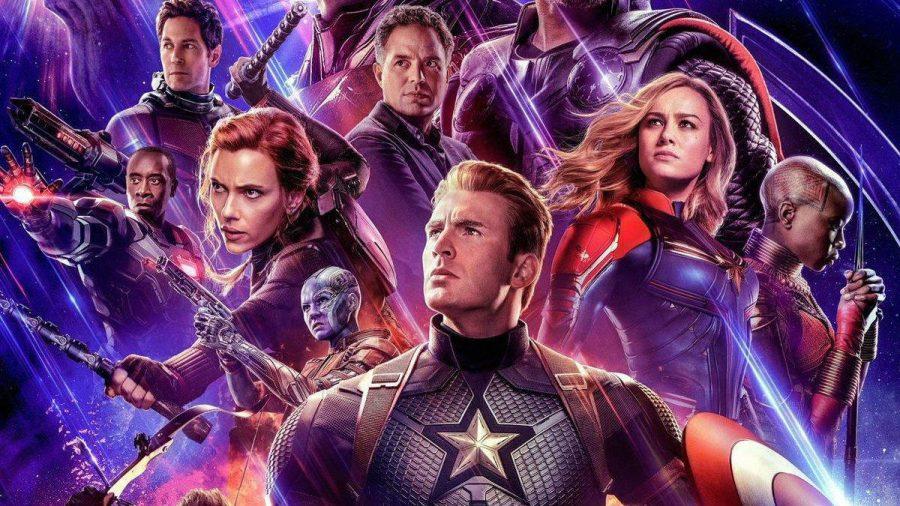Humanizing superheroes
REVIEW (Some Spoilers Ahead)
Half of the universe exterminated with a simple snap at the hands of Thanos. Near everyone lost friends, family and hope for the future, even the Avengers.
This is the state of the world the audience is thrust into in “Avengers: Endgame,” released last Friday, April 26.
The remaining Avengers from the standoff with Thanos, including the Hulk, Black Widow, Captain America, Iron Man, Hawkeye, Ant-Man and Captain Marvel, come up with a plan to save their lost colleagues five years after the initial events of Infinity War.
However, while the action-packed emotional scenes that follow make the film one of the most impactful superhero films to date since the start of the Marvel Universe 11 years ago, there is something much more special about this one.
It demonstrates how these characters can overcome adversity, even when all the odds seem stacked against them and the various ways one deals with their grief and turmoil.
One of these characters is Clint Barton, otherwise known as Hawkeye (played by Jeremy Renner).
Due to the tragic events of “Avengers: Infinity War,” Barton is struck with rage and despair.
This leads him on a path of destruction, where he travels around the world executing criminals in order to try to rid the world of people who did not deserve to be saved from Thanos’ actions.
We see that heroes sometimes, just like most people, suffer from pain and grief and can do terrible things when trying to deal with what they are going through.
But what is more important to the film is his path of redemption that starts when Black Widow, (played by Scarlett Johansson) finds him and convinces him to join the other Avengers in their rescue mission to save who they lost five years ago.
Captain America (played by Chris Evans) and Iron Man (played by Robert Downey Jr.) also grow after the crisis in Infinity War, but their characters handle it very differently.
For Captain America, he was left without his friend Falcon and all the other members of the Avengers that were lost.
However, Captain America, rather than sulking, tries to overcome his inner grief and help others through things like support groups.
The audience sees that even in the darkest moments Captain America is still able to keep hope for a better future.
This better future comes with the mission to enter the quantum realm — a dimension where time and space do not work the same ,allowing them to correct their past mistake — and when Captain America gets the chance to make things right, he takes it.
This is not the case with Iron Man.

Iron Man, in the time since Infinity War, has retreated to a happy peaceful life where he lives in a lakeside home with Pepper Pots (played by Gwyneth Paltrow) and his daughter, Morgan (played by Alexandra Rabe).
Iron Man’s new family life leads to an interesting dynamic in the film that leads to him having to deal with the possibility of losing the reality he has made for himself post Infinity War in order to save the people lost because of Thanos’ actions.
It becomes even more complicated by the inner struggle he has about losing Peter Parker, Spiderman (played by Tom Holland).
Iron Man’s struggle in the film one of the most interesting plot points in the film and makes for a powerful story of how one’s inner struggles can be their biggest adversity.
In the film, the struggle against Thanos is not the only impactful part of the film, but instead is visable in how the Avengers deal with their struggles that truly make “Endgame” a movie that is worthy end to a 22-film-long saga.

















































































